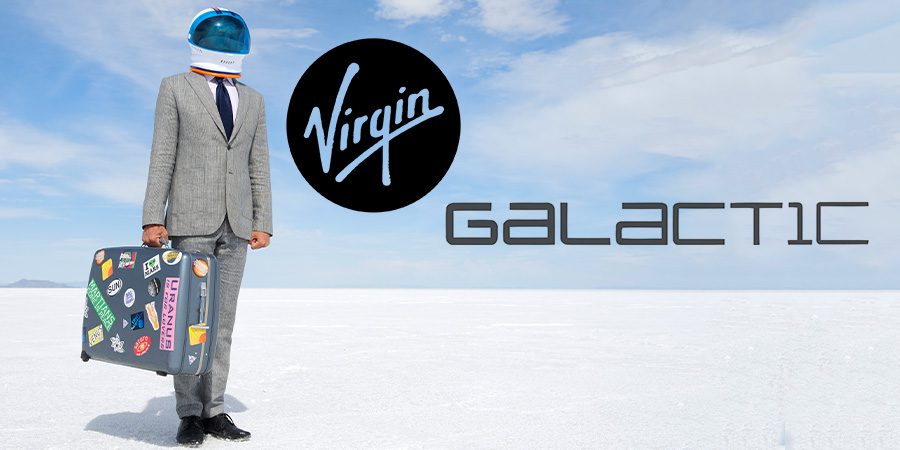In this article, we’ll look at the reasons behind Virgin Galactic’s upcoming crewed flight, the challenges they’ve faced, and the impact on the burgeoning space tourism industry.
Key Takeaways:
- Virgin Galactic is preparing for its first crewed flight in nearly two years.
- The Unity 25 mission will serve as the final assessment before the company’s first commercial flight in June.
- The crew consists of four Virgin Galactic employees with diverse backgrounds and experiences.
- Virgin Galactic has faced financial and technical challenges but remains focused on resuming spaceflights and carrying paying customers.
- The company’s innovative approach to spaceflight involves two vehicles: the VSS Unity and the VMS Eve.
Gearing Up for a Pivotal Crewed Flight
Virgin Galactic has announced its plans to launch the Unity 25 mission later this month.
This highly anticipated crewed flight is set to be the company’s first in almost two years, and it will serve as a final assessment before their first commercial flight scheduled for June.
The Unity 25 mission is not only a significant milestone for Virgin Galactic but also for the entire space tourism industry.
With a successful flight, the company will be one step closer to making space travel more accessible for private individuals, creating new opportunities for adventure and exploration.
Virgin Galactic’s Unique Approach to Space Travel
In contrast to traditional rocket launches, Virgin Galactic uses a novel approach to sending passengers into space.
The company employs two vehicles for their spaceflights: the VSS Unity, a rocket-powered spaceplane, and the VMS Eve, a mothership that carries the spaceplane to altitude.
During a flight, the VMS Eve ascends to around 50,000 feet, at which point it releases the VSS Unity.
The spaceplane then blasts its way to suborbital space, offering passengers a breathtaking view of Earth and a few moments of weightlessness.
This innovative approach to space travel is what sets Virgin Galactic apart from competitors like Jeff Bezos-owned Blue Origin, which relies on a traditional vertical rocket launch system.
The Crew Behind Unity 25
Unity 25 boasts an experienced and diverse crew comprising four Virgin Galactic employees: Beth Moses, Luke Mays, Jamila Gilbert, and Christopher Huie.
Each crew member brings unique skills and experiences to the mission, helping ensure its success.
Beth Moses is an aerospace engineer and Virgin Galactic’s Chief Astronaut Instructor, having flown to space on two previous missions.
Luke Mays is a former NASA engineer who now serves as an astronaut instructor for Virgin Galactic. Jamila Gilbert, a systems engineer, has been with the company since 2019.
Lastly, Christopher Huie, who joined Virgin Galactic in 2016, is a flight sciences engineer.
Overcoming Financial and Technical Challenges
Despite the excitement surrounding the upcoming mission, Virgin Galactic has faced its share of difficulties in recent years.
The company has reported substantial financial losses since 2018, totaling nearly $1.5 billion.
The losses have continued to grow, with the company revealing that it burned through $133 million in cash in the final quarter of last year, compared to $65 million in Q4 2021.
In addition to financial challenges, Virgin Galactic has experienced technical setbacks.
However, the company has been steadfast in its commitment to resume spaceflights and begin carrying paying customers.
Virgin Galactic CEO Michael Colglazier has reassured investors that the company remains focused on its goals.
To prepare for the upcoming flight, Virgin Galactic has made numerous upgrades to both the VSS Unity and VMS Eve.
These improvements are intended to ensure the safety and success of future missions, helping the company stay competitive in the rapidly growing space tourism market.
The Future of Space Tourism and Virgin Galactic
As Virgin Galactic gears up for its first commercial flight in June, the company’s ambitions extend even further.
They hope to eventually fly up to 400 times per year with an upgraded line of motherships.
With ticket prices hovering around $425,000 per seat, reaching this cadence is crucial for the company to finally start turning a profit.
Looking ahead, Virgin Galactic plans to introduce its Delta-class ships by 2025, with commercial service expected to commence the following year.
These advanced spacecraft are intended to further expand the company’s capabilities and improve the overall passenger experience.
As Virgin Galactic works towards these ambitious goals, the space tourism industry as a whole continues to evolve.
Other major players, such as Blue Origin and SpaceX, are also developing their own spacecraft and services to cater to the growing demand for space tourism.
This expanding market is likely to foster innovation and competition, resulting in more efficient, accessible, and affordable space travel options for consumers.
In the long term, the success of Virgin Galactic and the broader space tourism industry could have a profound impact on how we view and experience space.
As more people gain access to suborbital and, eventually, orbital space travel, our understanding of the cosmos and our place in it may shift in ways that are difficult to predict.
Conclusion
Virgin Galactic’s upcoming crewed flight represents a crucial step towards a new era of space tourism.
As the company overcomes financial and technical challenges, it continues to pave the way for more accessible and innovative space travel experiences.
The Unity 25 mission is not only a significant milestone for Virgin Galactic but also a harbinger of what the future may hold for the entire space tourism industry.
 Sections of this topic
Sections of this topic
















